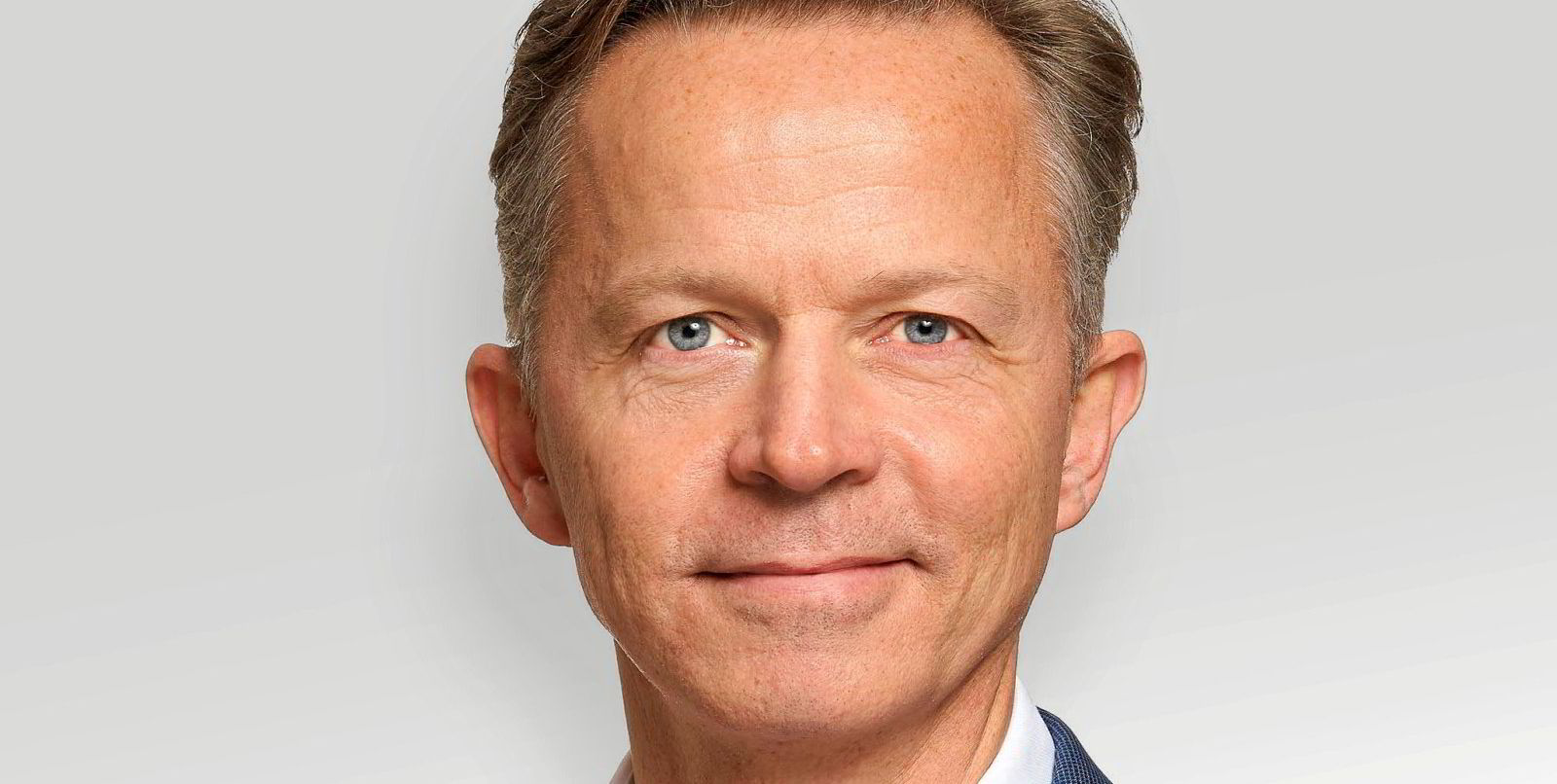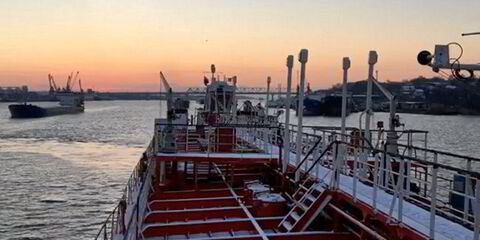Sweden’s Concordia Maritime believes MR tanker rates could maintain momentum going into January due to Red Sea disruption.
Attacks by Houthi rebels from Yemen on Israeli-affiliated vessels are forcing some owners to consider alternative routes.
Concordia chief executive Erik Lewenhaupt said in a market update: “Analysts are keeping a close eye on the situation off the coast of Yemen where recent attacks on Israeli-linked ships may cause further disruption and re-routing of some ships via the Cape of Good Hope.
“Coupled with a snowy start to the European winter, this can support spot rates into early 2024.”
The global basket of MR earnings for November averaged $20,000 per day, in line with the previous three months, the tanker company calculated.
“It is worth noting that actual earnings with scrubber-equipped ships and triangulation is likely higher,” Lewenhaupt added.
He noted a sharp division between Atlantic and Pacific/Asian rates last month, as west of Suez numbers surged to reach around $50,000 per day by the second half of November.
The MR period charter market was stable at $27,000 per day for 12-month deals and $22,500 per day for three-year fixes.
A few five-year contracts were reported at around $23,500 per day, but with forward delivery from shipyards in mid-2024.
The secondhand market was active and values firmed for all age groups. An MR resale is now worth “a whopping” $52m, Lewenhaupt said.
Huge number of tankers changing hands
Around 550 tankers have been reported sold so far this year, the second-highest annual total on record.
Owners from China and Greece are the biggest buyers of tonnage overall in 2023.
Concordia noted continued firm newbuilding appetite, with prices firming.
An MR in South Korea is today priced at $47.5m and in China $42.5m, with delivery in about three years.
UK shipbroker Howe Robinson Partners’ newbuilding price index in South Korea is up 7% since January 2023 and 18% since the start of 2022.
A total of 149 MRs are now on order, which equates to 8.5% of the existing fleet, up almost 3% since the same time last year.




